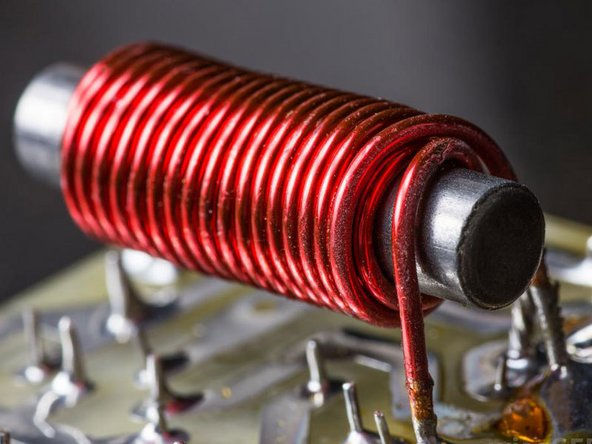What is a Solenoid?
SOLENOID
What is a Solenoid?
Solenoid is the common name for a wire coil used as an electromagnet. It also refers to any device that converts electrical energy into mechanical energy using a solenoid. The device generates an electrical current magnetic field and uses the magnetic field to generate linear motion. Common applications of solenoids are the power of a switch, such as a starter in a car, or a valve, such as a switch.
How a Solenoid Works?
The solenoid is a wire coil in the form of a corkscrew wound around a piston, sometimes constructed of brass. Like in other electromagnets, a magnetic field is generated as the electrical current travels through the cable. Electromagnets have a benefit over permanent magnets is that they can be turned on and off by adding or withdrawing electrical current, which allows them to be effective as switches and controls and helps them to be completely controlled.
For other magnets, the magnetic field of the triggered solenoid has positive and negative poles that draw or repel magnet-sensitive objects. Throughout the solenoid, the electric force induces the piston to shift either backwards or forwards, which is how the motion of the solenoid coil is produced.
How does Solenoid Valve Work?
In a direct-acting valve, electric current activates the solenoid, which in turn pulls a piston or plunger that would otherwise block air or fluid from flowing. In some solenoid valves, the electromagnetic field does not act directly to open the conduit. In pilot-operated valves, a solenoid moves the plunger, which creates a small opening and pressure through the opening is what operates the valve seal. In both types, solenoid valves require a constant flow of electrical current to remain open because once the current is stopped, the electromagnetic field disperses, and the valve returns to its original closed position.
Advantages of Practical Solenoid Valves
- The solenoid valve can be used for almost any type of machine, especially the solenoid valve which can be combined with automation equipment for automatic control is very effective.
- For automation control systems, the solenoid valves make automatic control easier and more efficient. Because they can automatically open and close by electromagnetic signals.
- Compared to other mechanical or gas valves, the solenoid valves have a lower cost and can last longer. When the solenoid valve is badly damaged, only replacing the coil is feasible and the coil is also very cheap.
- In terms of design, the solenoid valve has a small, simple shape so it can be easily installed in many different locations. Valves can also work in low temperature or high-temperature areas. With materials such as copper, plastic or stainless steel is suitable for many environments.
- The ability to open and close automatically by electromagnetic force and opening speed is quite fast, usually less than 1 second.
- The solenoid valve can be used at many voltage levels including DC and AC.
Applications of Practical Solenoid Valves
The solenoid valve is used extensively in a large number of devices that are used in various industries like refrigeration, air conditioning, automobiles, hydraulics, pneumatics and many more. Only a few of the applications of the solenoid valves have been described here:
- In refrigeration: One of the most common solenoid valve applications is in refrigeration systems. These are used in air conditioners to adjust the path of the coolant movement such that they can be used for cooling purposes in the summers and for heating purposes in the winters.
- In hydraulics and pneumatics: The pneumatic valves are regulated by the strength of the compressed air. It consists of a piston and a ring configuration or other revolving component called the actuator. The solenoid valve regulates the air pressure flows to the actuator and thus influences the action performed by the actuator.
- For locking: Solenoid valves are used to lock doors in hospitals, schools, safe places and others. For such devices, the solenoid valve is attached to the door locking mechanism. Once the door is closed, no control is derived from the solenoid valve and it is normally powered by battery power. The solenoid operated locking systems are also used in the vending machines, car parks, access barriers, remote access systems etc.

